To be present tense To be yes/no questions Present tense negative 02 Affirmative negative interrogative Fill in the blanks to be Am is are fill in To be exercises Be interrogative To be wh questionsDas Simple Present ist die einfache Gegenwart Die englische Gegenwartsform ist die für den Alltags wichtigste Zeitform Sie wird für Handlungen verwendet, die regelmäßig wiederholt werden (I eat breakfast every morning) feststehende Handlungen, auch wenn sie in der Zukunft stattfinden (The train goes to Manchester every hour) Simple Present – Be Grammar Practice Worksheets Beg Students practice forming basic affirmative and negative sentences with the Be verb They also learn how to form Yes/No and Wh questions, and then they practice introducing themselves

Simple Present Tense English Esl Worksheets For Distance Learning And Physical Classrooms
Be simple present tense
Be simple present tense-Present Tenses sind die Formen der Gegenwart in EnglischDas englische present tense besteht aus vier verschiedenen Formen, dem simple present, present perfect, present progressive und dem present perfect progressiveAlle vier werden genutzt, um Geschehnisse in der Gegenwart wiederzugeben Die vier present tenses der englischen Sprache werden unterschiedlich gebildetSimple Present – Exercise 05 Change the verb into the correct form, then press "Check" to check your answers Use the "Hint" button to get a free letter if you don't know Note that you will lose points if you ask for hints!




Simple Present Tense Educationtopia
1 My son lives in London 2 She plays basketball 3 He catches the train every morning 4 Michael doesn't work 5 My father doesn't speak good English 6 He goes to football every daySimple present tense merupakan tenses yang digunakan untuk membicarakan sesuatu yang umum, sesuatu yang selalu terjadi berulangulang, atau suatu kebenaran umum Simple present tense adalah tenses yang paling sering digunakan seharihariUse The present indicative of most verbs in modern English has the same form as the infinitive, except for the thirdperson singular form, which takes the ending esThe verb be has the forms am, is, areFor details, see English verbsFor the present subjunctive, see English subjunctive A number of multiword constructions exist to express the combinations of present tense with the
Will I be being?Present Simple Verb "Be" Start Congratulations you have completed Present Simple Verb "Be" You scored %%SCORE%% out of %%TOTAL%% Your performance has been rated as %%RATING%% Your answers are highlighted below Question 1 We _________ from Canada AThe simple present (also called present simple or present indefinite) is a verb tense which is used to show repetition, habit or generalization Less commonly, the simple present can be used to talk about scheduled actions in the near future and, in some cases, actions happening now
The simple present is a verb tense with two main uses We use the simple present tense when an action is happening right now, or when it happens regularly (or unceasingly, which is why it's sometimes called present indefinite) Depending on the person, the simple present tense is formed by using the root form or by adding ‑s or ‑es to the endBE Simple Present Tense You are here Home / Grammar / Verb Tenses / BE Simple Present TenseThe simple present is also called present simple or present tense We use it to talk about present actions and events that take place repeatedly or one after the other, facts, and future actions that are determined by a timetable or schedule It is one of the most commonly used tenses in the English language
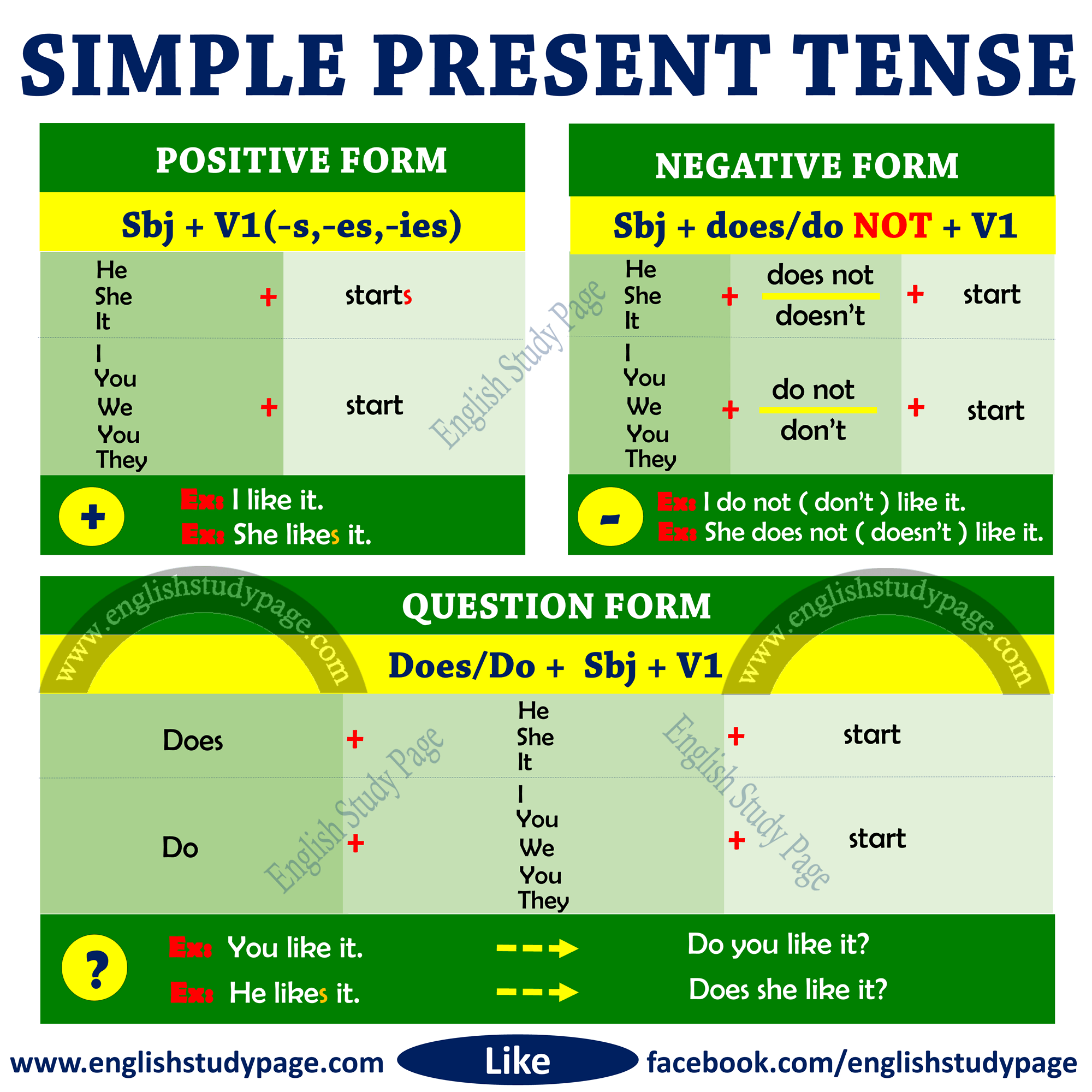



Structure Of Simple Present Tense English Study Page




Simple Present Tense Question Materials For Learning English
Simple Present Tense Verb To Be Verb to be ID Language English School subject English language Grade/level 5 Age 714 Main content Verb to be Other contents Verb to be Add to my workbooks (106) Download file pdf Embed in my website or blog Add to Google ClassroomTo be exercises present simple affirmative forms English verbs Elementary level eslCONTINUOUS be being I was being I am being I will be beingI was not being I am not being I will not be being?




English Grammar The Simple Present Give Instructions And Directions Learn English With Africa
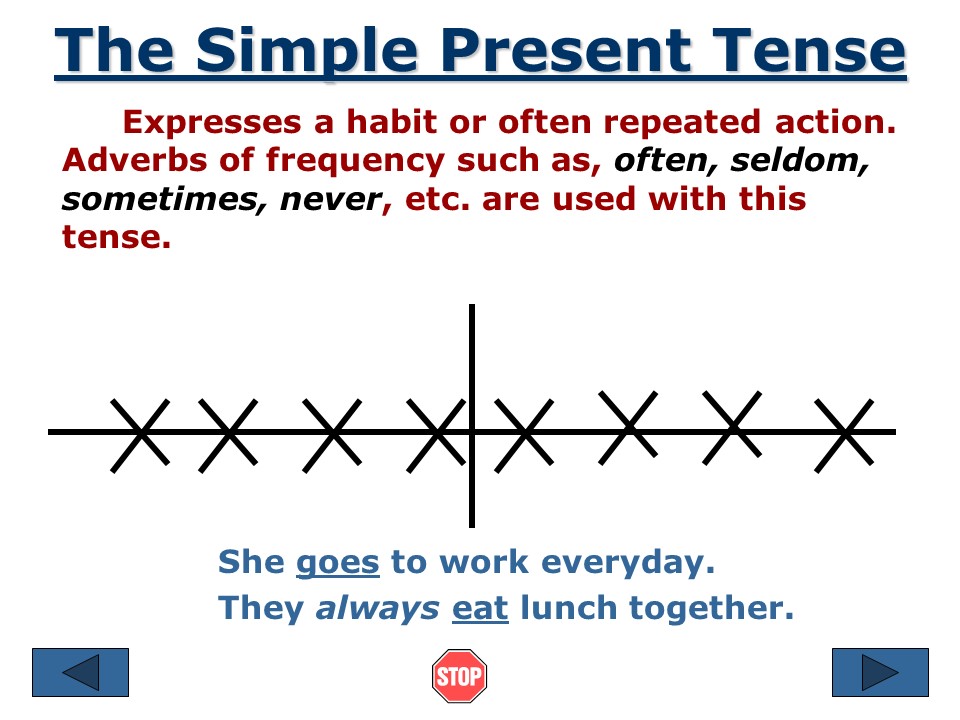



The Simple Present Tense English Learn Site
Close Live worksheets > English > English as a Second Language (ESL) > Present Simple > Present simple verb to be Present simple verb to be Verb to be (am, is are) ID 2806 Language English School subject English as a SecondSimple Present is used for actions and situations in the present Expresses a fact or given situation Our secretary works very hard I do not agree with you Actions that take place never, once, several times or regualary (see also signal words) Mister Brown never attends a meetingPOSITIVE SENTENCES AND CONTRACTIONS WITH TO BE SUBJECT You are ready You're ready He is ready He's ready She is ready She's ready It is ready It's ready NEGATIVE SENTENCES AND
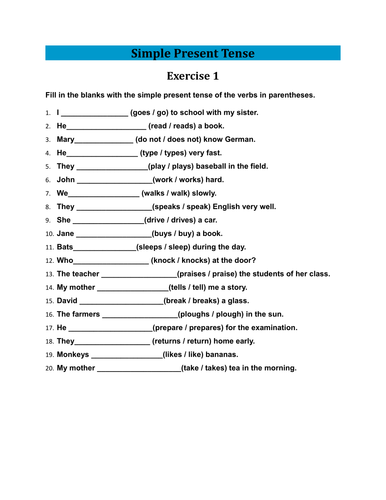



Exercises Of Simple Present Tense With Answers Teaching Resources
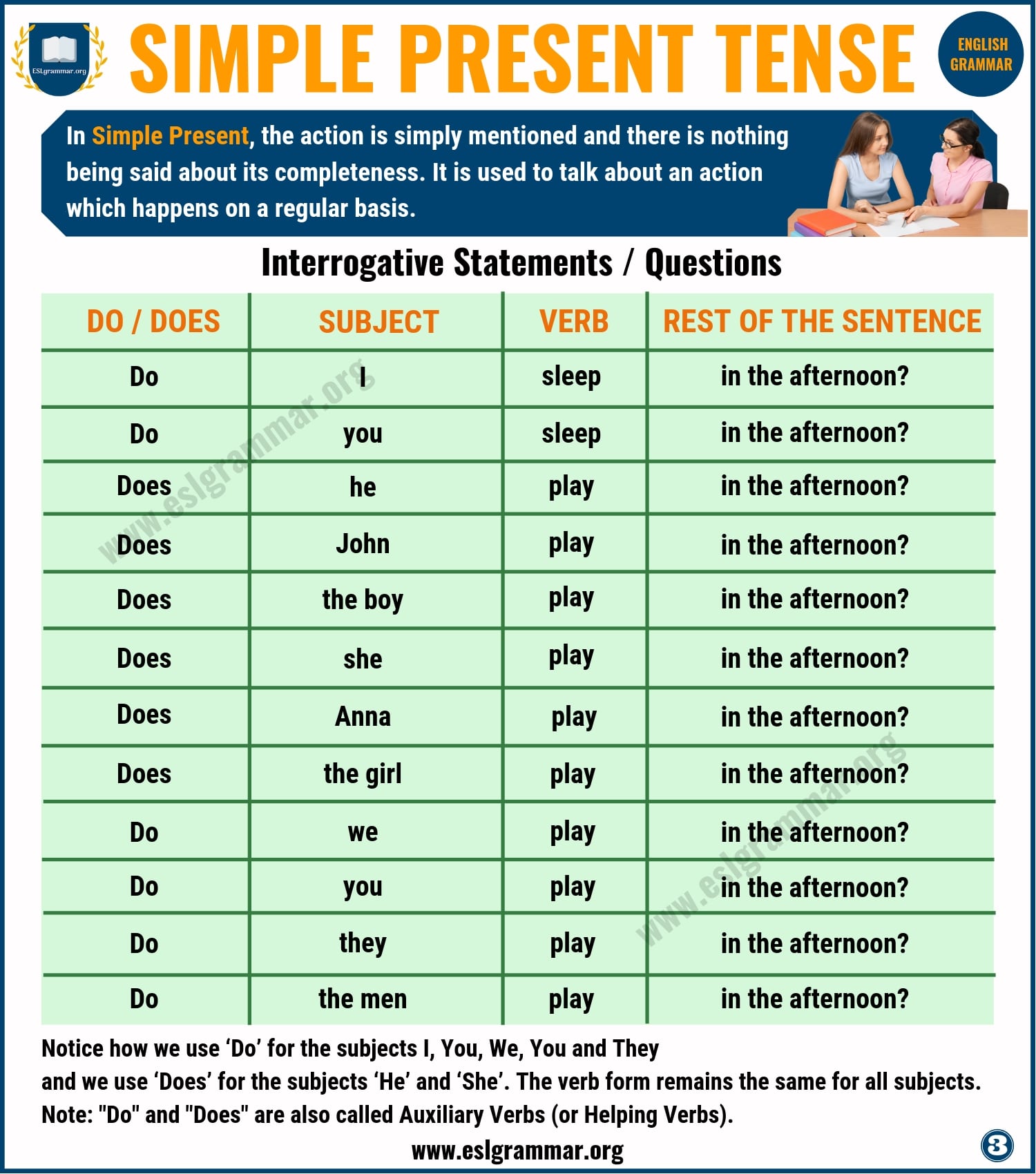



Simple Present Tense Definition And Useful Examples Esl Grammar
4 Simple Present von to be Das Simple Present beschreibt die einfache Gegenwart Handlungen geschehen in der Gegenwart oder sie sind regelmäßig Simple Present – to be (am, is, are) Das Simple Present des Hilfsverbs 'to be' I am a pupil (Ich bin ein Schüler)The simple present tense is when you use a verb to tell about things that happen continually in the present Here is 50 Sentences of Simple Present Tense;Mit Lingolia Plus kannst du folgende 31 Zusatzübungen zum Thema „Simple Present" sowie 5 weitere OnlineÜbungen im Bereich Englisch drei Monate lang für nur 10,50 Euro nutzen Informiere dich hier über Lingolia Plus Simple Present Zusatzübungen Du benötigst einen Lingolia Plus Zugang für diese Zusatzübungen




Simple Present Tense English Esl Worksheets For Distance Learning And Physical Classrooms



1
The simple present tense in English is used to describe an action that is regular, true or normal We use the present tense 1 For repeated or regular actions in the present time period I take the train to the office The train to Berlin leaves every hour John sleeps eight hours every night during the week 212 tenses (be) past present future;Forming the Present Simple (affirmative)The present simple tense is formed, in the affirmative, as followsSubject verb objectI love horseback riding




Simple Present Tense Exercise For Beginner
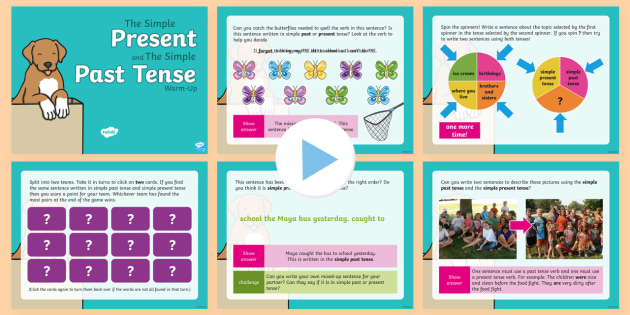



Year 2 Simple Past Simple Present Tense Warm Up Powerpoint
8 Zeilen Simple present tense with 'be' The verb 'be' is different from the other verbs in thisPresent simple Level beginner The present tense is the base form of the verb I work in London But with the third person singular ( she / he / it ), we add an –s She works in LondonThe difference between the Present Perfect and the Past Simple tenses More Practice Pages Should and Shouldn't When to use and how to use Grammar reference and practice exercises for learners of English as a second language




8 Sentences In Simple Present Tense Lessons For English
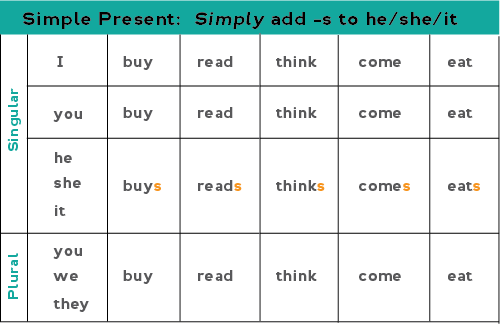



All About The Present Simple Tense
The most common time expressions in the present simple are usually, always, never, on Wednesdays, every Wednesday, twice a week, once a month, in general, every other day Time expressions made up of one word are placed between the subject and the verb in positive sentences and questions and between the auxiliary verb and main verb in negative sentencesIm Deutschen werden alle Verben konjugiert, dh je nach Geschlecht, Anzahl und Zeit verändert Im Englischen gibt es nur das he,she,its Nur das Verb "to be" hat auch im Present Simple mehrere Formen ( am, is, are ) Zur besseren Übersicht sind in der Tabelle die Personalpronomen vor die jeweilige Verbform gestellt 2 Person 3Present Simple for general time We use the Present Simple tense when the action is general the action happens all the time, or habitually, in the past, present and future the action is not only happening now the statement is always true John drives a taxi




Recognising Simple Past And Present Tenses Year 2 Tenses Free Resource Pack Classroom Secrets




The Simple Present Tense Useful Usage And Example Sentences Esl Forums
Simple Present Tense With 'TO BE' Subject To Be Using the verb 'to be' in the simple present tense; An adjective is djective The verb "to be" changes depending on the subject of the sentenceHow to use yet already, for and since;




Simple Present Tense English Esl Worksheets For Distance Learning And Physical Classrooms




Present Simple Tense Simple Present Definition Rules And Useful Examples 7esl
The present simple tense varies it's form depending on whether it is being used with the third person singular, other verbs, or the verb to be It is used for repeated events, general facts, and with state verbs The simple present tense is not the same as the present participle tense, which uses ''ing'' and describes what is happening in that moment For Present Simple Tense Present Simple Tense Present Simple Tense Chart Present Simple Tense Quiz The Verb "To Be" Present Simple Tense "to be" Chart Present Simple Verb To Be Quiz #1 Present Simple Verb To Be Quiz #2 There is & There are There is & There are Quiz The Verb "Have"




What Is Simple Present Tense Know It Info




What Is Simple Present Tense With Examples Know It Info
In this easy English class, you will learn all about the PRESENT SIMPLE TENSE I'll teach you how to use it, when to use it, and what mistakes to avoid ThisPERFECT have been I had been I have been Simple present tense (present simple tense) is a verb tense that describes the events and situations that do not change " Do " and " does " are the auxiliary verbs of simple present tense However, " do " and " does " are not used in positive sentences They are used only in negative and question sentences The auxiliary verb " does " is used for




90 Simple Present Tense Example Sentences English Vocabs



Simple Present Tense Lessons Blendspace
The form of the verb to be is am (contracted to 'm), is ('s) and are ('re) in the present tense and was/were in the pastTo be is used as an auxiliary verb, to form continuous tenses and the passive, and as a main verb Here we are looking at it as a main verbChange the verb into the correct form 1 Daniel (fly) to Paris once a year Present Continuous Exercises 1 Present Simple Tense two exercises to practise positive negative and question form of present simple tense Present Tense Questions 3 Mary play _____ tennis every day Verb to Be 1 Verb to Be 3 My friends always eat _____ lunch at the cafeteria Present Simple Negation 6



Simple Present Tense
(151).jpg)



Grammar Test Present Simple Tense Past Tense Proprofs Quiz
Present Tense Subject Pronouns Be Noun First Person / Singular I am a teacher I am not a student Second Person / Singular You are a student You are not a teacher Third Person / Singular She is a doctor She is not a nurse Third Person / Singular He is a cook He is not a waiter Third Person / Singular It is a desk It is not a tablePresent Perfect Tense when to use;Present Simple von 'to be' – Lückentext (Schwierigkeit 2 von 5 – eher leicht) Fülle die Lücken mit der passenden Form des Verbs ' to be ' im Simple Present (Gegenwart) Wenn ' not ' in Klammern angegeben ist, muss verneint werden Verwende keine Kurzformen
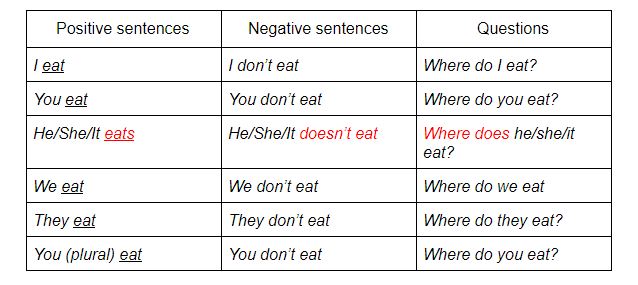



What Are The 4 Present Tenses In English And How Do You Use Them Oxford House Barcelona




Ks2 Spag Lesson Present Tense Present Present Perfect Present Progressive Teaching Resources
To BE in the Present Simple Tense Level elementary Age 817 Downloads 5 the verb "to be" in Present Simple am, is, are Level elementary Age 3100 Downloads 162 The verb TO BE (affirmative/negativ e) in Simple Present Level elementary Age 812 Downloads 138Simple Present Signalwörter always, every, never, normally, now and then, occasionally, often, rarely, seldom, sometimes, usually Beispiele für Signalwörter im Simple Present I always eat chocolate We visit our uncle eyery month He always takes his dog for a walk Fragen im Simple Present Questions Simple PresentVerb Tense Exercise 1 Simple Present and Present Continuous f t p Using the words in parentheses, complete the text below with the appropriate tenses, then click the "Check" button to check your answers 1 Every Monday, Sally (drive) her kids to football practice 2




Present Simple Tense Detailed Expression English Study Here




Simple Present Tense Free English Courses Facebook
SIMPLE present simple or past simple except future will be I was I am I will beI was not I am not I will not be?Simple present exercises to be Simple present rules and examples Simple present to be I am a teacher You are a teacher He/She/It is a teacher




Simple Present Tense English Esl Worksheets For Distance Learning And Physical Classrooms




Simple Simple Present Tense Most Useful Most Common Daily Use Sentences Motivational Youtube




Exercise Of Simple Present Tense With Answers Onlymyenglish



Simple Present Tense Lessons Blendspace




Simple Present Tense Exercises Free Printable Simple Present Tense Esl Worksheets




American English At State The Simple Present Tense In English Isn T Always As Simple As It Claims To Be In English We Use The Simple Present To Express Habits Schedules Future
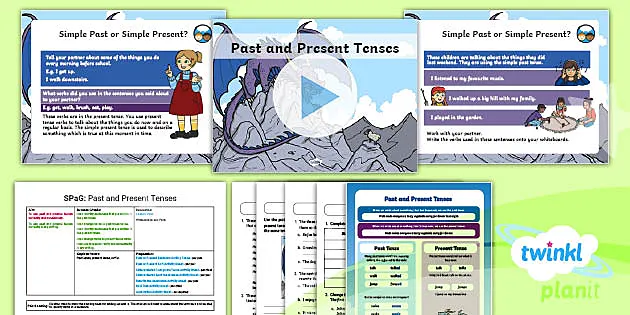



Planit Y2 Spag Lesson Pack Past And Present Tenses Twinkl




100 Sentences Of Simple Present Tense Examples




Simple Present Tense Examples And Grammar 250 Sample Sentences And Questions The Learner S Nook




5 The Use Of Simple Present Tense Source Download Scientific Diagram




Verbs Present Tense Video Lessons Examples Explanations




Simple Present Tense With Be Worksheet



1
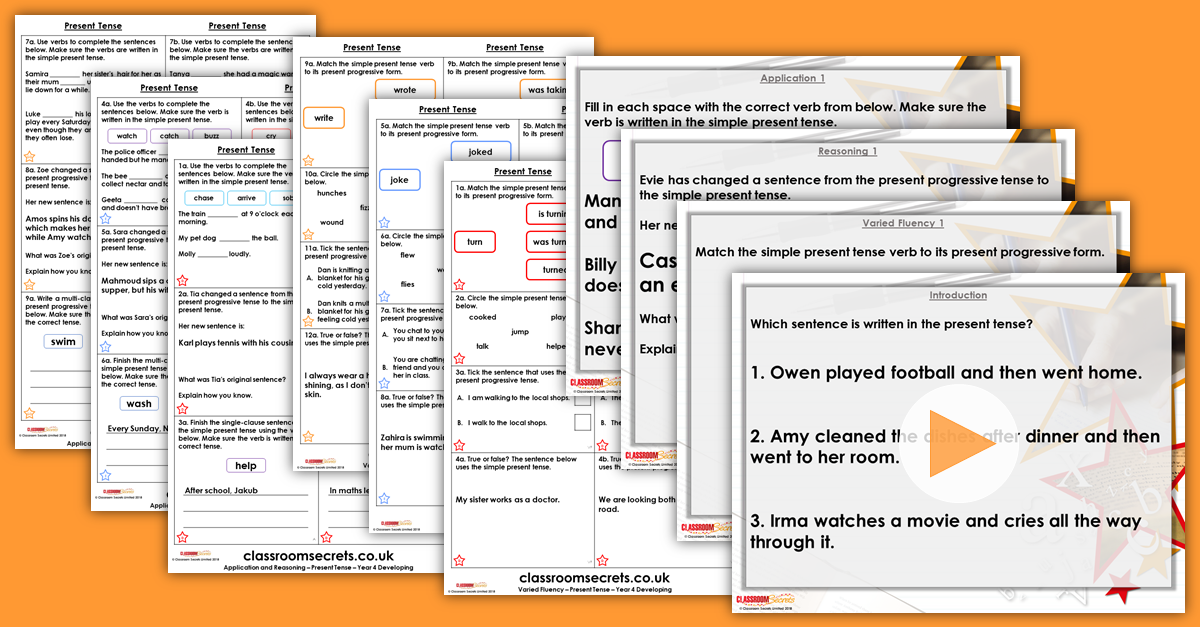



Present Tense Year 4 Ready To Write Resource Pack Classroom Secrets
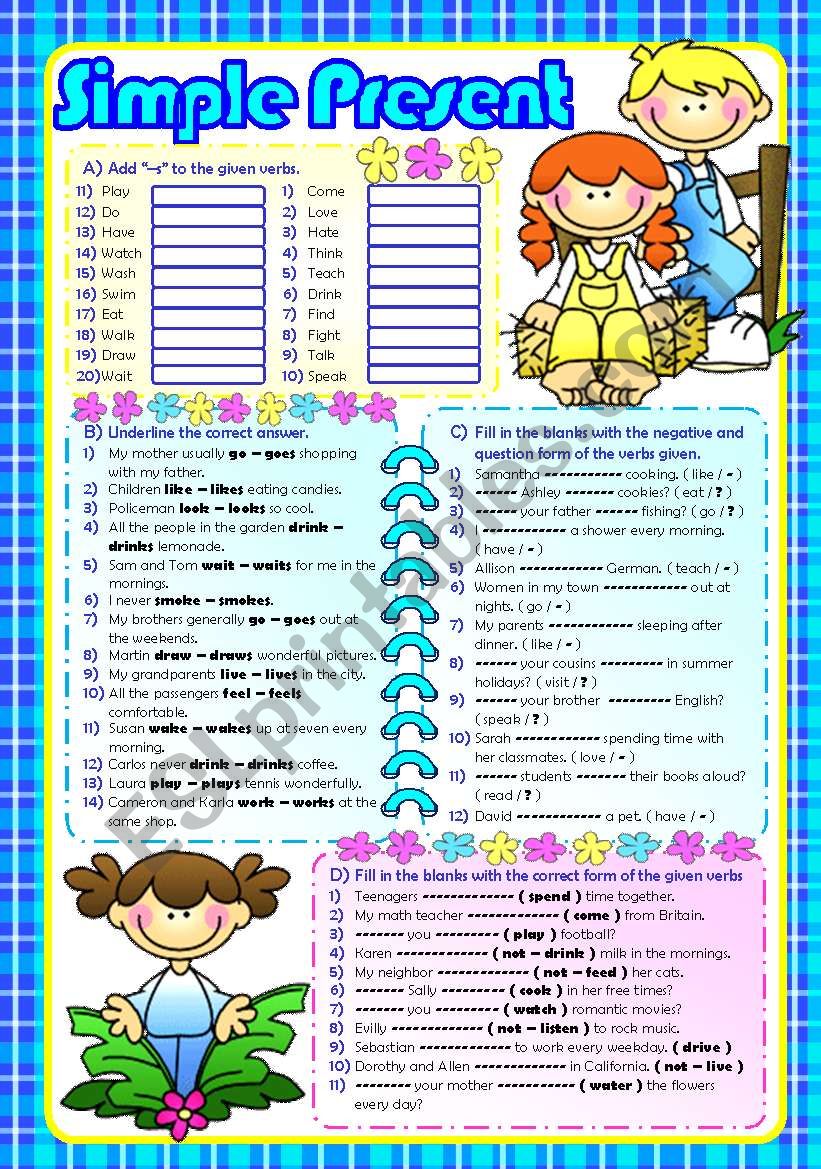



Simple Present Tense B W Included Esl Worksheet By Lady Gargara




Present Tense Definition Rules And Examples Of The 04 Present Tenses 7esl




Simple Present Tense Educationtopia




To Be Simple Present Tense In English Licoes De Gramatica Aprender Ingles Conjugacao Em Ingles
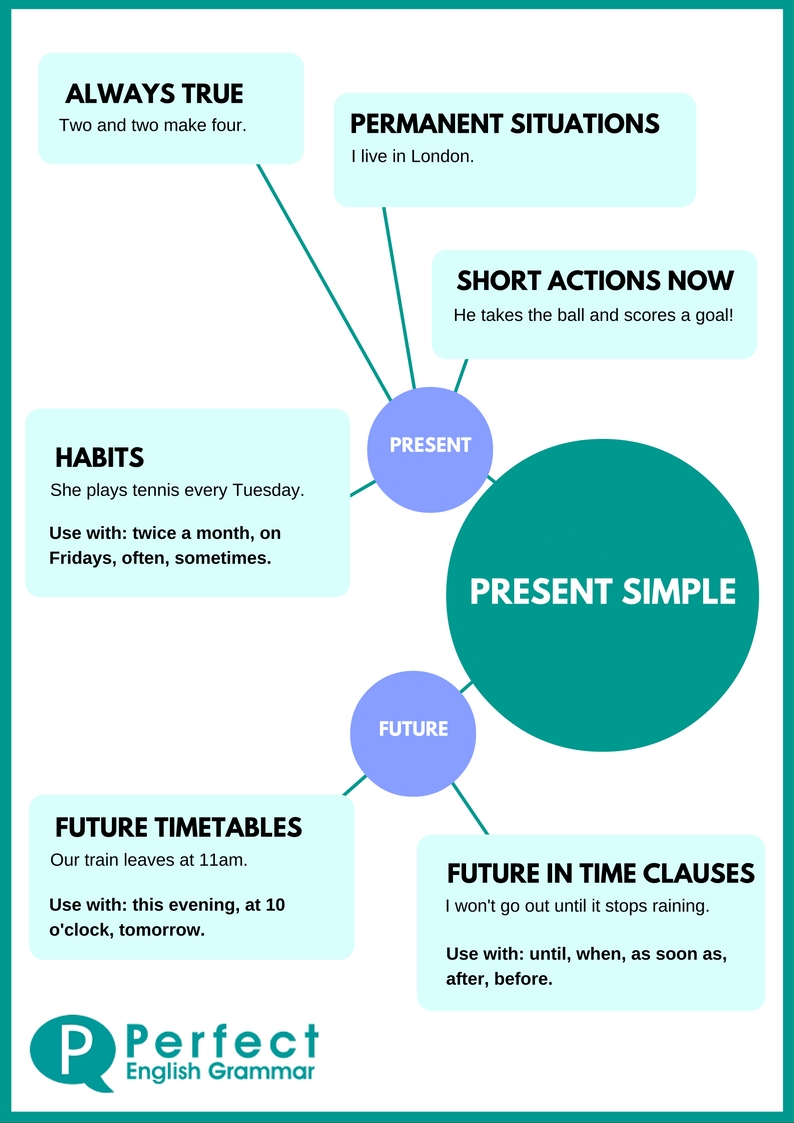



Present Simple Use




The Simple Present Tense Useful Usage And Example Sentences Esl Forums




Simple Present Tense Ginseng English Learn English



1




Simple Present Tense In English Grammar



1




Grammar Chapter Two Simple Present Tense Simple Present




Maquilo S Blog The Simple Present Tense



Simple Present Tense With To Be English Study Page
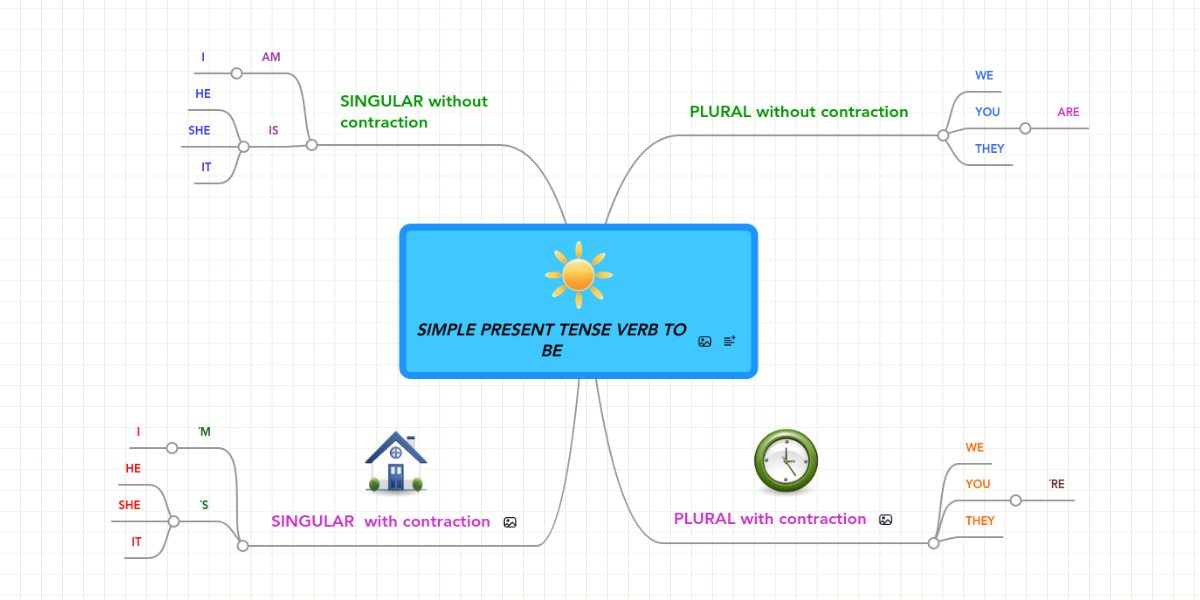



Simple Present Tense Verb To Be Mindmeister Mind Map




English Grammar The Simple Present Lesson 2 Talk About Habits And Daily Routines Learn English With Africa




Routines Likes And Dislikes Remembering Simple Present Tenses Ppt Download




Simple Present Tense Examples And Grammar 250 Sample Sentences And Questions The Learner S Nook




30 Simple Present Tense Example Sentences English Vocabs




Simple Present Tense Reading 1
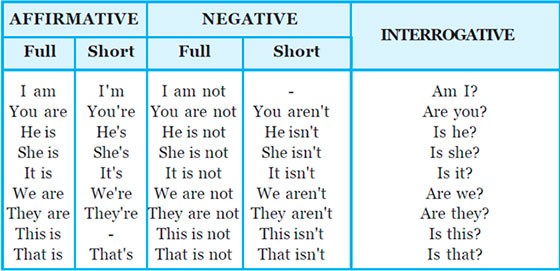



How To Use The Verb To Be In Present Tense English Lessons




Simple Present Tense Form And Use English Esl Powerpoints For Distance Learning And Physical Classrooms




Simple Present Tense Detailed Expressions Vocabulary Home
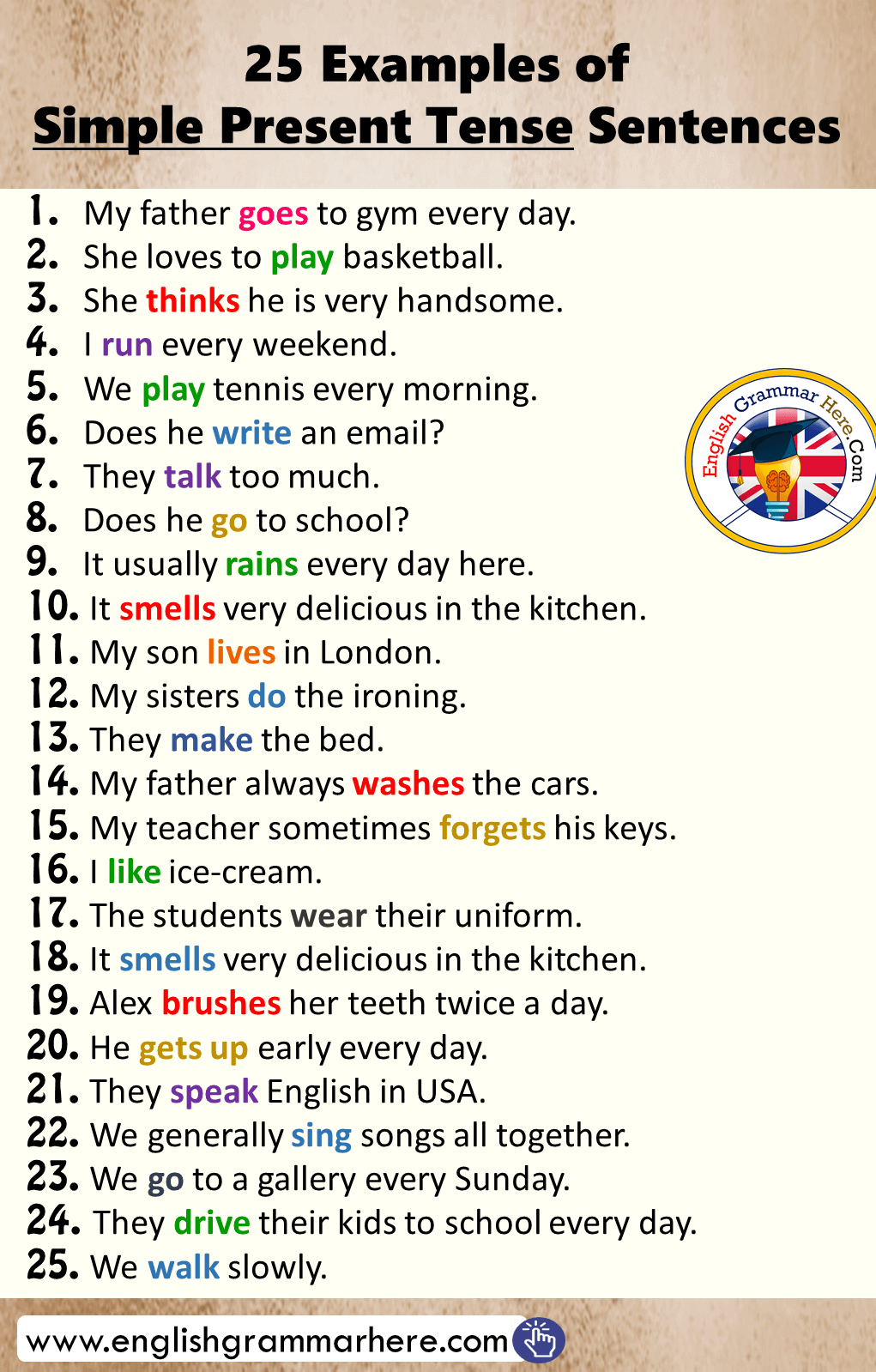



25 Examples Of Simple Present Tense Sentences English Grammar Here




The Present Tense Daily Customs Customs Truefalse True
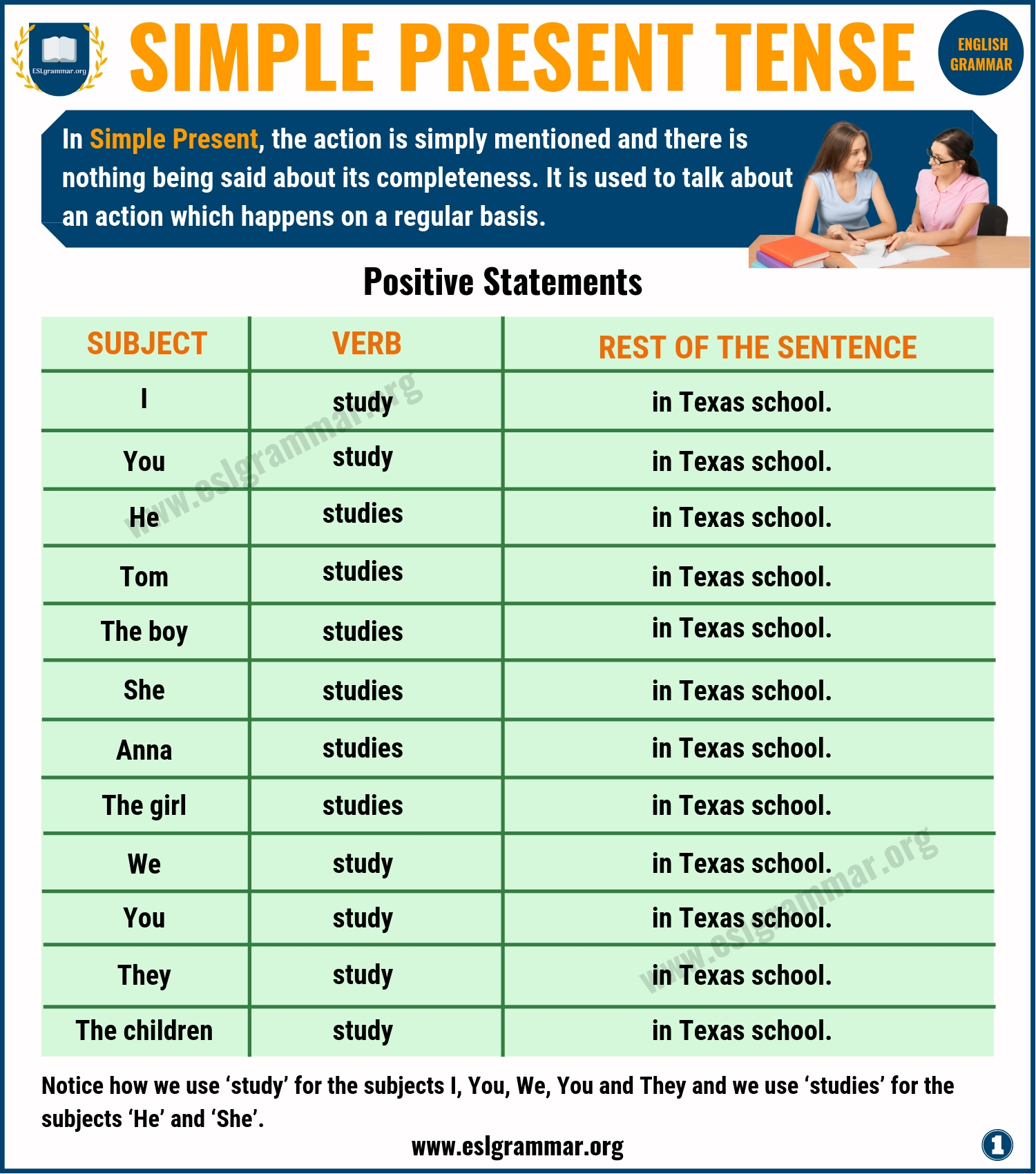



Simple Present Tense Definition And Useful Examples Esl Grammar




Simple Present Tense With Examples Needgrammar




English Grammar The Simple Present Lesson 1 Talk About Facts And General Truths Learn English With Africa




Simple Present Tense Eml




Simple Present Tense Youtube




What Is Simple Present Tense Of The Verb Know It Info



100 Simple Present Tense Examples In English English Sentences




What Is Simple Present Tense Formula Know It Info




Simple Present Grammar Explanation Tuni Learning




Forming The Present Simple Tense In English Youtube
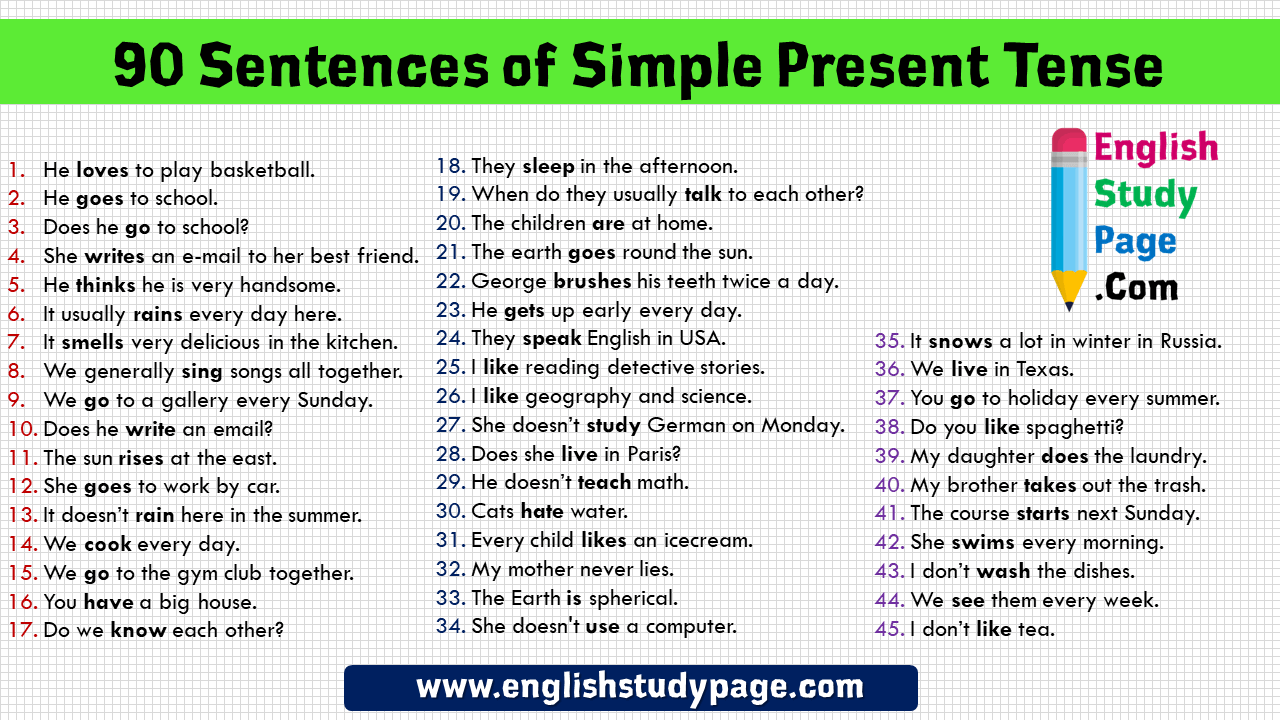



90 Sentences Of Simple Present Tense Example Sentences English Study Page




10 Free Printable Simple Present Tense Worksheets Kiddosheets
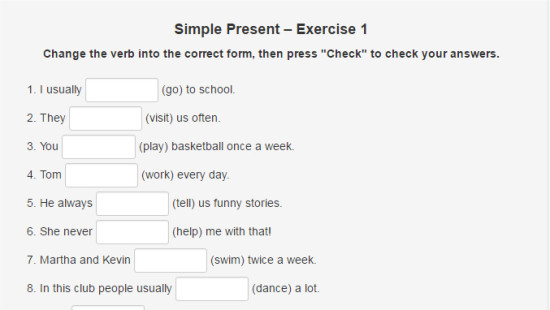



Simple Present Tense Exercises Word Counter Blog
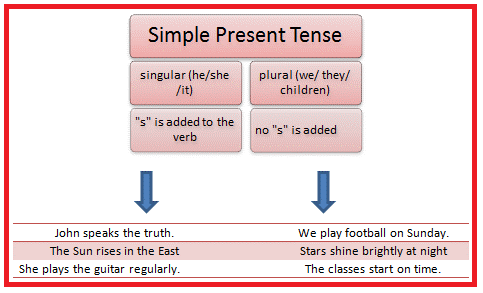



Learning Simple Present Tense With Examples Eage Tutor



Simple Present Tense In English English Study Here




Simple Present Tense English Esl Worksheets For Distance Learning And Physical Classrooms




80 Sentences Of Simple Present Tense Vocabulary Home




Present Simple Exercises In 21 Simple Present Tense Worksheets Simple Present Tense Simple Past Tense Worksheet




The Present Tenses Intrepid English




3 Example Of Nominal Simple Present Tense Source Download Scientific Diagram
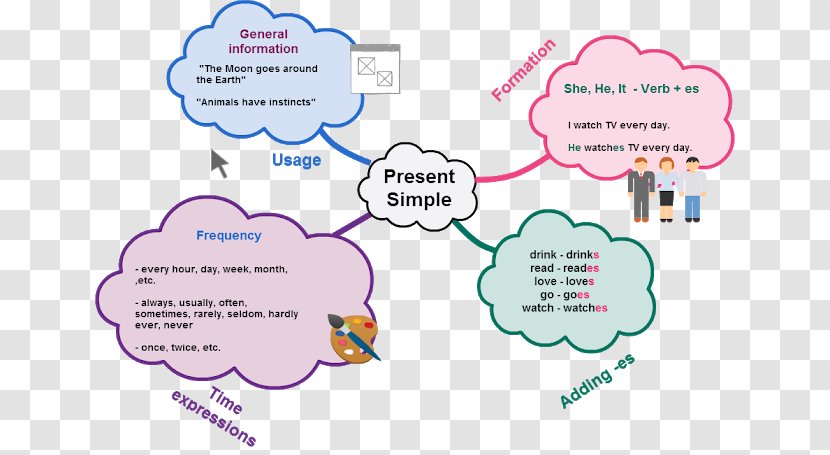



Simple Present Tense Map Grammatical Diagram Learning Details Of The Main Clothing Transparent Png




Simple Present Tense Definition And Useful Examples Esl Grammar
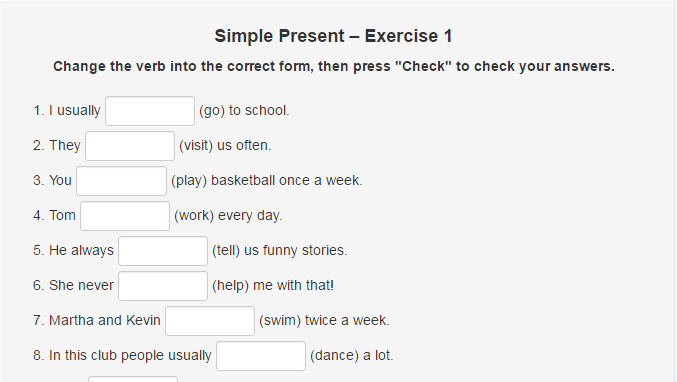



Simple Present Tense Exercises Word Counter Blog




Simple Present Tense The Affirmative Part 3 Worksheet




Present Simple Tense English With Lynn Tenses Simple Present Tense Tenses English




The Simple Present Tense Negative Download Scientific Diagram




Simple Present Tense What Is The Simple Present Tense
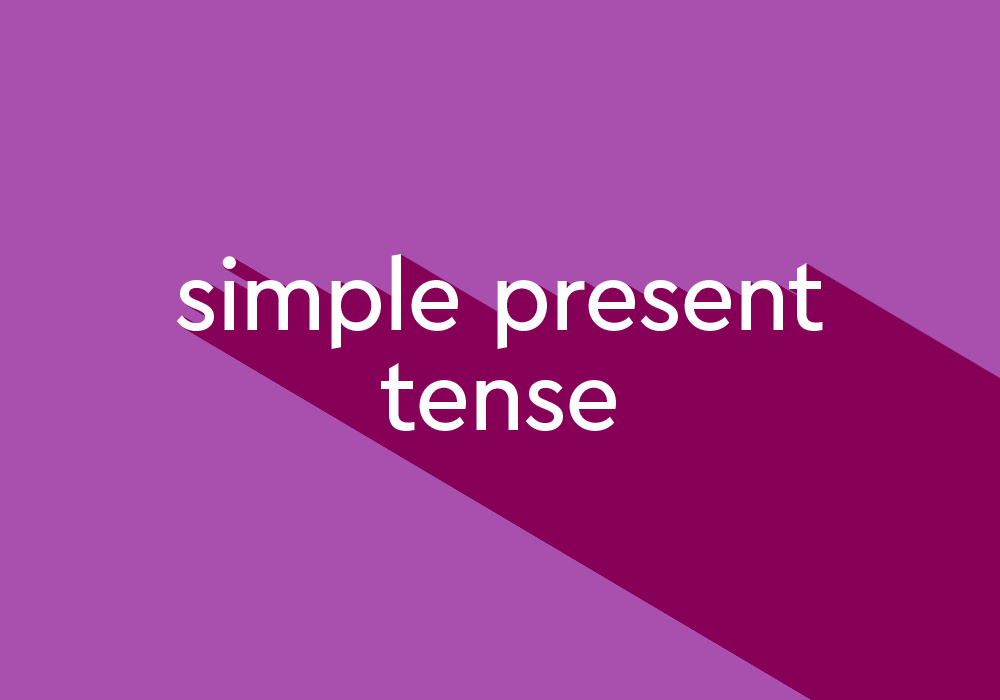



What Is Simple Present Tense Thesaurus Com
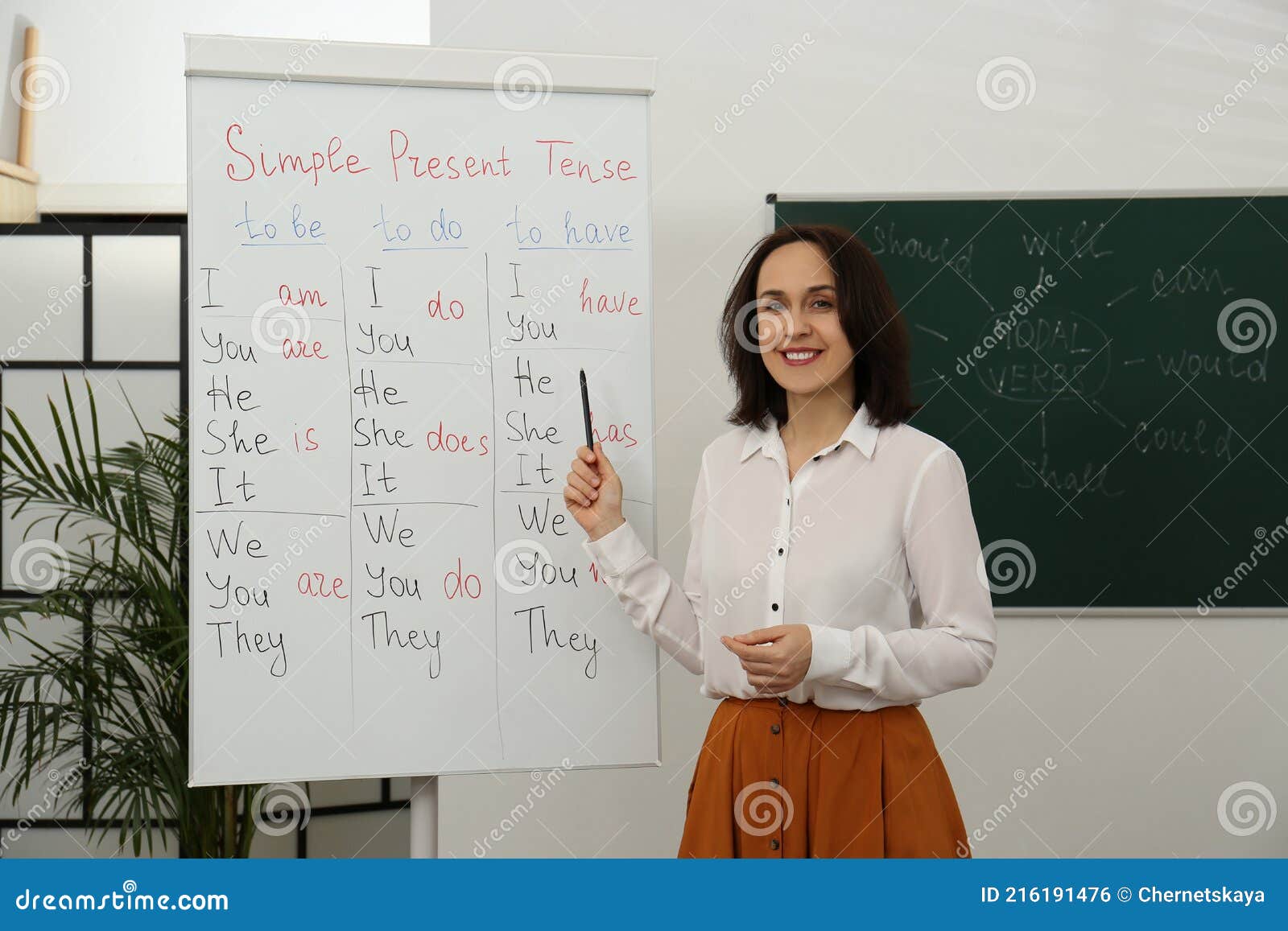



0 Present Tense Photos Free Royalty Free Stock Photos From Dreamstime




24 Simple Present Tense Example Sentences And Definition English Study Here
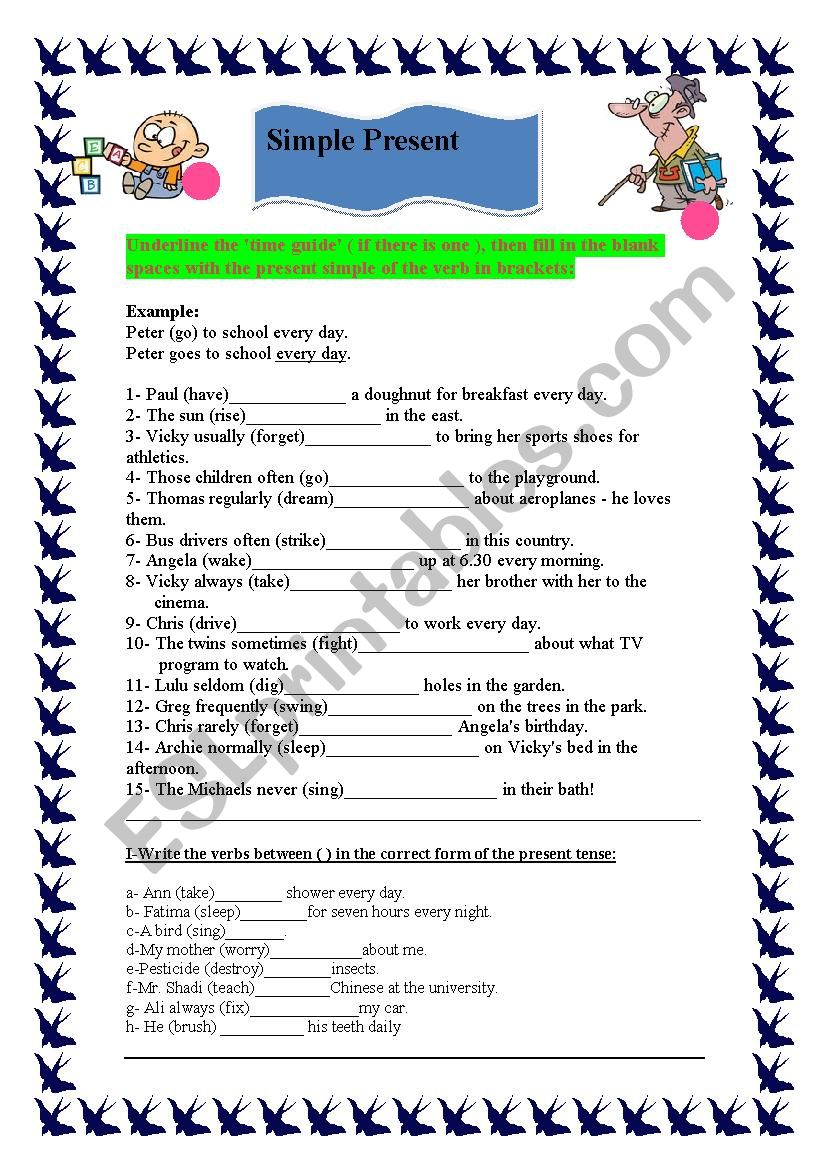



Grammar Simple Present Tense Esl Worksheet By Sunrising Ever
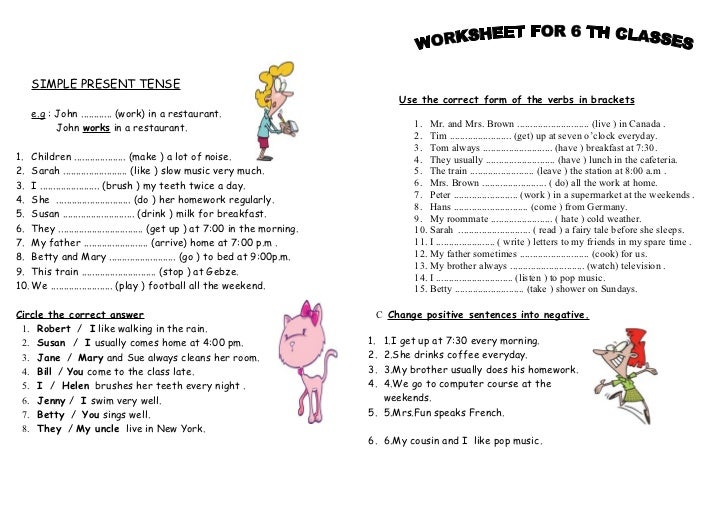



Simple Present Tense Worksheet




English Verbs Present Tense Learn Fast
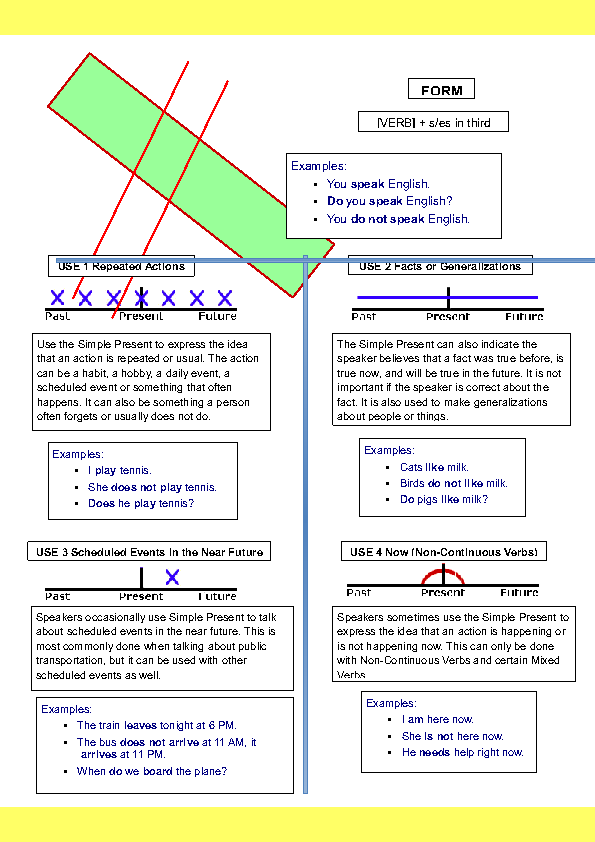



Simple Present Tense




Simple Present Tense With Examples




Simple Present Tense Negative Worksheet
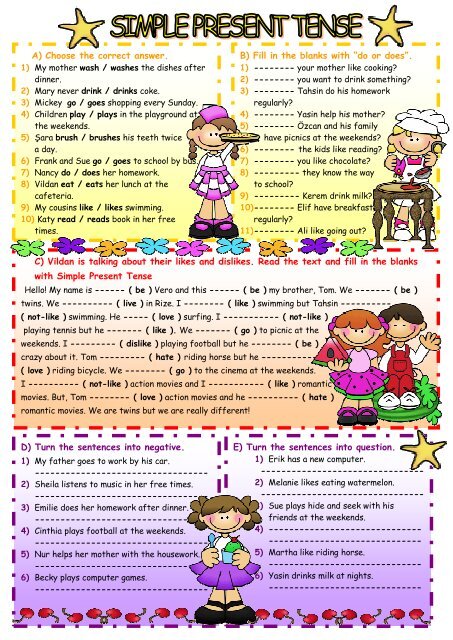



Simple Present Tense Pdf




Simple Present Tense What Is The Simple Present Tense
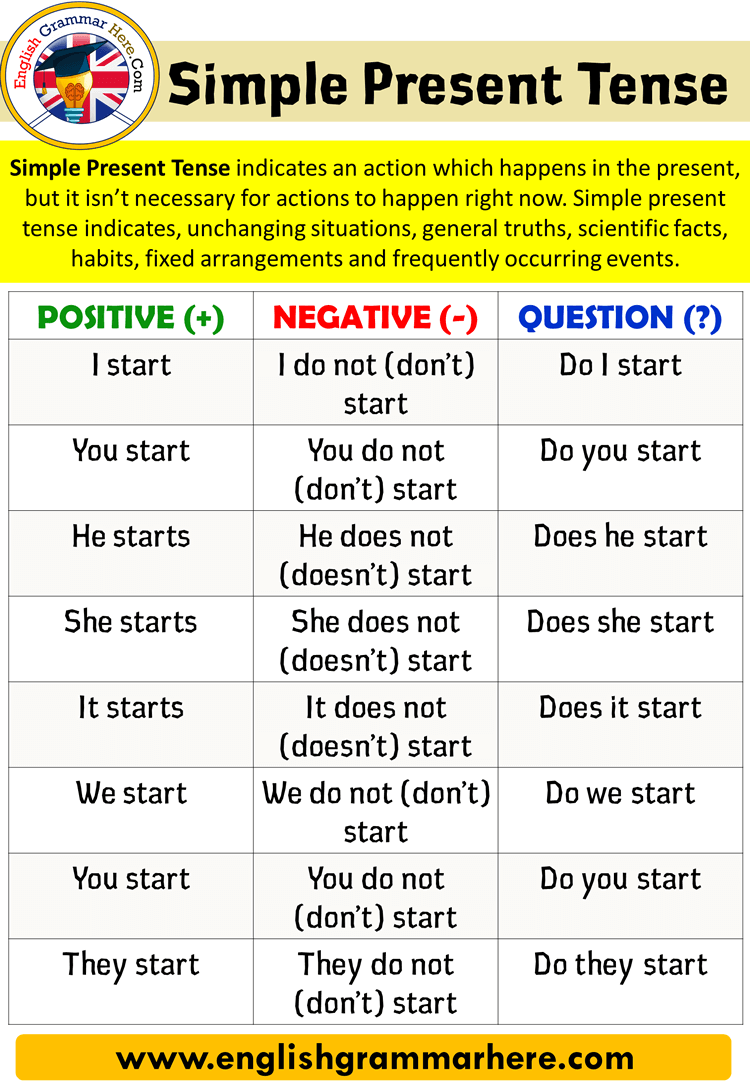



Present Simple Tense Using And Examples English Grammar Here



Simple Present Of Be Positive And Negative Statements English Study Here



0 件のコメント:
コメントを投稿